Rare circumstances allowed local residents to participate in the cargo theft of the MSC Napoli along the beaches of the Lyme Bay in the UK.
No matter where you are traveling in the ocean, unforeseen events are always possible. This includes traveling through the narrow English Channel which receives 500-600 vessels of traffic each day.
The MSC Napoli was traveling from Antwerp to Sines, Portugal carrying 2,394 containers in January of 2007. The Napoli encountered an unforeseen event when the hull was severely damaged while passing through the English Channel.
The Unfortunate Event in the English Channel
- Tug boats attempted to salvage the MSC Napoli
- The beached Napoli filled with water and lost cargo
- Salvors were forced to beach the Napoli
- The 26 member crew abandoned ship
- The hull was severely damaged
On January 18, 2007, the 4,419 TEU containership MSC Napoli encountered heavy seas while passing through the English Channel. The rough waters tossed the Napoli around the channel until a catastrophic hull failure occurred.
The crew quickly abandoned ship and all 26 members were rescued by Royal Navy Helicopters. As the crew left the wreckage, they knew that the job was far from over.
The Very Careful Salvage of the NSC Napoli
Tug boats then attempted to salvage the MSC Napoli. The ship wasn’t pulled very far before the salvagers realized the instability of the ship. There was a possibility that the ship would break in half and sink if it was pulled any further. A difficult decision was made, and the ship was intentionally beached in Lyme Bay.
After beaching, the MSC Napoli leaned heavily and lost over 200 containers which were being stored on the deck.
Locals on the beach reportedly scavenged for goods that had washed up onshore. Some looters even happened upon around 50 BMW motorbikes and snuck them off the beach. This unusual form of cargo theft was just as illegal as other forms and impacted those whose goods were stolen. Police were forced to set up a perimeter around the beach to protect shipping containers and loose cargo which had washed up.
This unusual event required unusual salvage tactics. The salvage crew spent 5 months working to remove the ships fuel, oil, and the remaining containers on deck.
Finally, on July 9th, a second attempt to bring the ship into port. However, it was quickly determined that the ship was in too poor of a condition to leave the beach.
Salvers made a difficult decision and opted to break the ship into 2 large pieces using explosives. These two pieces were taken to port for scrap.
From beginning to end the salvage of the Napoli took 924 days. The primary concern during this salvage was the environment. The environmental dangers took precedence over shipment owners who had paid the MSC Napoli to transport their goods. This carefully conducted salvage set an example for how salvers should deal with similar environmental hazards in the future.
- Containers and debris wash up along the shore of Lyme Bay
- Debris lays across the beach
- Locals raid beached shipping containers
- Thefts pull a BMW bike out of a container
- Theft rides stolen bike off beach
The Effects of Cargo Loss
Volkswagen of South Africa stopped production after much needed parts from the MSC Napoli were lost. This affected about 66% of VW’s 6,500 workforce in South Africa.
The insurers estimate for the wreck and salvage was $120 million, the second-highest wreck cost to date.
Due to the carrier’s limit of liability, the MSC Napoli was only liable for $15 million, this resulted in a loss for most of the parties involved in the wreck.
The Importance of Marine Cargo Insurance
A considerable amount of cargo was lost during the beaching of the MSC Napoli. Shipment owners watched as scavengers raided their containers and stole goods. Certain places of work waited for necessary goods and materials which never arrived. If these owners had Marine Cargo Insurance, they would have been fully reimbursed for the cost of their goods. Without Marine Cargo Insurance, owners would have lost their shipment with minimal reimbursement. This is another example of how Marine Cargo Insurance is necessary for anyone shipping goods across the ocean.
Story and images sourced from CargoLaw

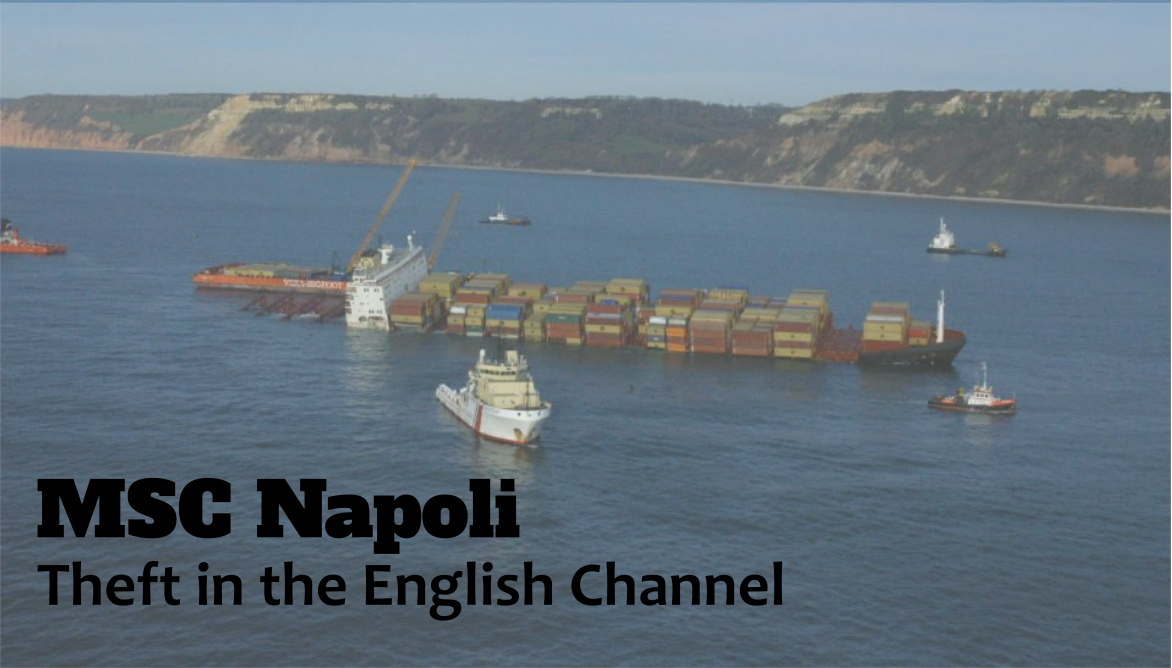
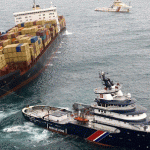
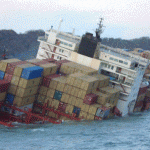
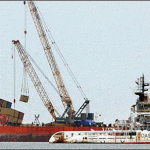
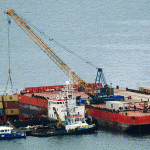

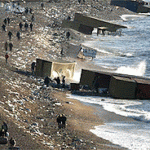
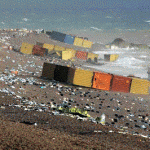

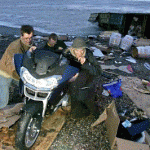






![[Webinar] The Risks of International Shipping & How to Protect Yourself](https://traderiskguaranty.com/trgpeak/wp-content/uploads/2022/07/2022.07_ExplosiveShipping-TitleSlide-400x250.jpg)